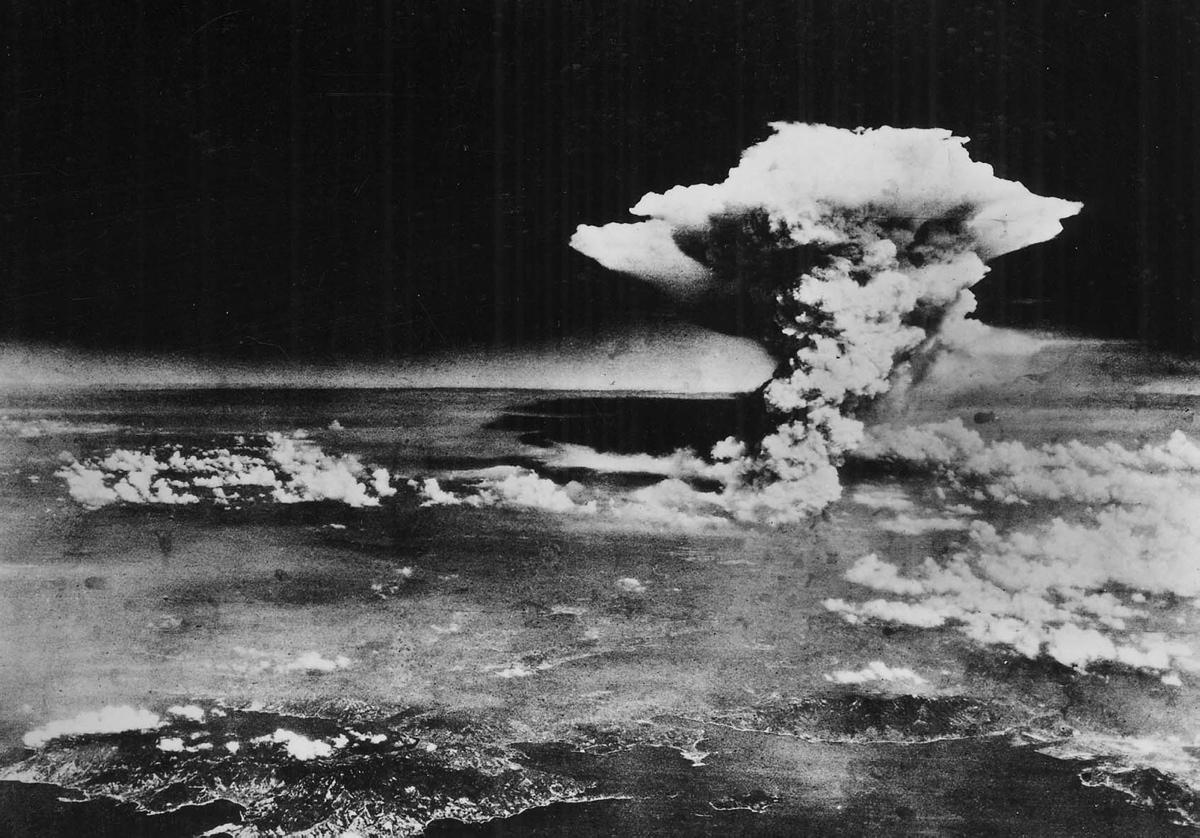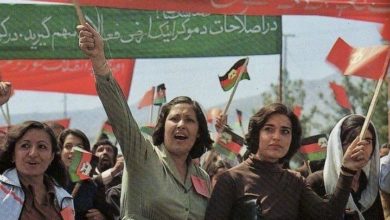That number is made up of young
people who could not afford the restrictive cost of going to college, who saw
nothing but double-digit unemployment numbers after high school, whose
families’ homes had been foreclosed on, who risked going bankrupt if their
children needed to go to the hospital.One thousand families now must mourn the
loss of their children, spouses and parents as the Obama administration and the
Pentagon generals continue to stumble over themselves trying to explain why it
is necessary to fight in Afghanistan.
 Protest against U.S. occupation in Jalalabad, Afghanistan, Dec. 30, 2009 |
But this tragic milestone is
misleading if looked at over the course of the more than eight-year war. Nearly
half of those killed, 455,
have perished since January 2009, the month President Obama’s term began.
Resistance of the Afghan people to
the U.S./NATO occupation has steadily increased. By 2007, U.S. fatalities
surpassed 100 for the first time in a single year. This continued into 2008
with 155 U.S. troops killed.
Then the resistance intensified.
In 2009, U.S. fatalities more than doubled, as 316 GIs were delivered back to
their families in coffins. Prior to Obama and McChrystal’s troop surge in July
2009, no more than 28 U.S. service members had been killed in a single month.
The record was smashed by the new strategy of the once hailed “anti-war
President,” as 45 U.S. troops were killed, followed by 51 the next month and 59
in October.
Bloodiest year of the war
2009 was by far the bloodiest year
of the war. So far in 2010, every single month has at least doubled the number
of U.S. troops killed in the same month in 2009. This puts the U.S. strategy on
track to double 2009’s fatalities, and quadruple 2008’s toll.
And the blood has just started
flowing. The winter months are known for a lull in fighting, as cold weather
and seasonal farming shift the strategy of the resistance. As the cold winter
thaws and the poppy harvests are completed, thousands of resistance fighters
return to active duty. The summer months will bring the culmination of the
popular resistance to foreign occupation.
Obama and McChrystal unleashed
their new strategy—which essentially tripled the size of the U.S./NATO
occupation—the stated goal of which was to “reverse the momentum of the
Taliban.” But the popularity of the Taliban and the broad national resistance
of over 140 different anti-occupation forces have skyrocketed.
The Afghan resistance controls the
vast majority of the country, and their attacks are increasing in frequency,
sophistication and success. Last month U.S. forces were forced to retreat from
an outpost in Korengal Valley that they had struggled to hold for four years.
The number of U.S. fatalities was
pushed over the 1,000 mark by a car bomb that killed five U.S. troops and one
Canadian, and that milestone is very telling of the current state of the
resistance. That attack did not just kill rank-and-file soldiers, those who are
usually killed, but four high-ranking officers: two colonels and two lieutenant
colonels, in the heart of Kabul, supposedly one of the safest areas in the
country. Hours later, resistance forces launched a major assault on Bagram
airbase, also considered one of the most secure areas.
The Obama-McChrystal strategy that
began in July 2009 and aimed to turn the tide of the resistance has had the
opposite effect. The United States is being defeated militarily; but the U.S.
government would rather slaughter thousands more innocent Afghans and bury
thousands more U.S. troops than admit defeat and abandon their colonial
interests in the region. The destructive path of U.S. imperialism is steered
only by the shameless drive for ever-increasing profits and its violently
maintained network of global domination.
The death and destruction in
Afghanistan is far from over, and the U.S. government would rather drown the
country in blood than retreat. It is up to the people living in the heart of
U.S. imperialism to help force its end.
End the occupation. Bring all the
troops home now, and give every soldier a job and/or education. Bring the
soldiers home to their families and loved ones.





